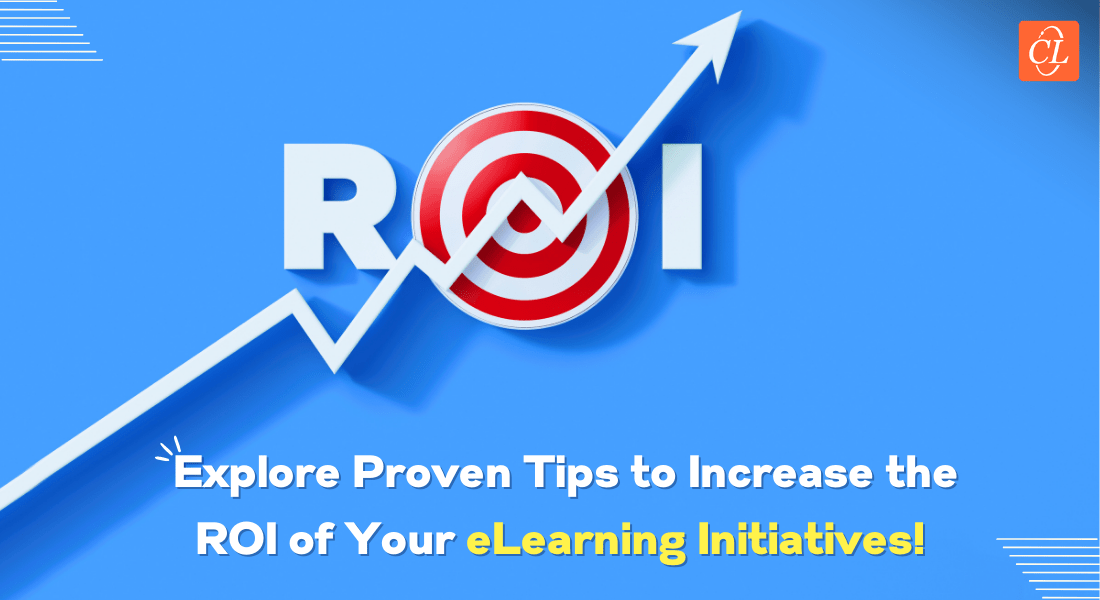Why is 2023 the Right Time to be in L&D? [Webinar]
![Why is 2023 the Right Time to be in L&D? [Webinar] Why is 2023 the Right Time to be in L&D? [Webinar]](https://blog.commlabindia.com/hubfs/Imported_Blog_Media/ld-right-time-invest-impactful-corporate-training-webinar.png)
Is your organization aiming at sustainable growth in 2023? Here’s a secret – focus more on your Learning and Development (L&D) initiatives. Yes! Investing in employees, helping them acquire new skills, and nurturing their existing skills are among the most dependable ways to attain sustainable growth.
Wondering how? Well, investing in your employees and providing them with growth opportunities – which are a part of learning and development (L&D) – helps in aligning the employees’ goals and their performance with the goals and aspirations of the organization. Additionally, employees with superior professional skills can eventually become the most valuable assets of the organization, and also contribute to competitive advantage.
Take the examples of the likes of Tim Cook and Mary Barra, from their humble beginnings to becoming CEOs, they and several other leaders are intangible assets for their organizations. One thing very common in the lives of all such leaders is continuous learning. Continuous learning opens doors to better growth opportunities, which will pave the path to overall organizational growth.
And this way, L&D initiatives help organizations reach their goals and aspirations. Hence, structured L&D programs should be your success mantra for 2023 and beyond.
Explore how L&D is going to conquer the future of work
Now that you understand the importance of a strong L&D program for your organization’s growth, let us now discuss the top skills that your L&D teams should be focusing on in these key areas to address the future of work –
Top Areas That L&D Teams Should Focus on to Address the Future
1. Mastering Technology
Technology is the nucleus and the world we live in today revolves around it. Along with everything else, technology has also played a crucial role in the development and delivery of corporate training. With rapid eLearning development to the use of Artificial Intelligence (AI) to make eLearning more engaging, technology has had a lasting impression on learning.
In light of this, L&D professionals must focus more on technology and different ways to use it to make corporate training more immersive and engaging. It is the job of the L&D teams to stay up to date with emerging technologies and trends, and have an adequate level of understanding to address the needs and preferences of employees as well as the organization.
2. Becoming Consultants
It is high time that the L&D teams stop being mere department and step forward to becoming a partner that has the organization’s as well as the employees’ best interests in mind. The teams need to communicate efficiently, and engage and influence the leadership and management about the best possible ways to develop and deliver corporate training. For instance, they need to communicate how and why exactly is microlearning most suitable to impart specific training. To be better communicators, the teams need to think, listen, understand, analyze and respond.
Along with this, the teams including the Subject Matter Experts (SMEs). Instructional Designers (IDs), training managers, and even instructors work together and take critical decisions concerning the training and development initiatives. They need to be more aware of the business and align themselves with the business goals to take the right decisions on the L&D front.
And for this, the L&D teams must project themselves as consultants working to help the organization as a whole to perform better and grow.
3. Employing Learner-Centric Approaches
As an L&D professional, you may be aware of the fact that learner-centric approaches are key to success. With this in mind, L&D teams will have to come up with strong learner-centric strategies and learning solutions – mobile learning and microlearning for instance. This will mean that the learning and development teams will have to immerse themselves in understanding the employees, their job roles and responsibilities, skills, and knowledge gaps and then map these with the organization’s goals and ambitions. Based on their understanding of the employees’ learning preferences, they will have to decide on the best possible ways to impart the training. For instance, they can offer blended learning to accommodate the different learning preferences of the employees.
It is also the responsibility of the L&D teams to discard ineffective training methods that may not engage or interest the current day learners. They need to be hands on with the latest trends in the industry to understand the best ways to impart effective training to boost learner engagement and improve knowledge retention.
Wrapping Up
The expansion of global swift and complicated organizational operations, the gig economy, and the digital revolutions point to the need for sophisticated and synchronized learning programs that will help businesses succeed in the ever-evolving work ecosystems. Organizations are starting to emphasize learning and development because they see it as a chance to hire and retain the best people and talents while also properly outlining socially responsible strategies for the future of work.
Sign-up for this webinar to explore more about L&D and how L&D teams need to prepare themselves for 2023 and the years beyond.





